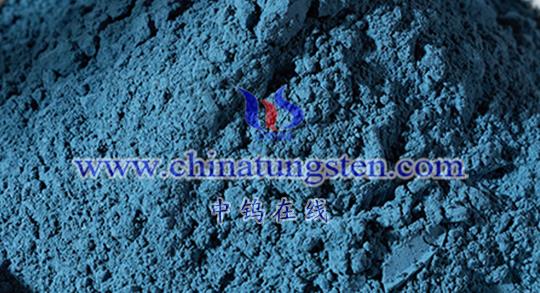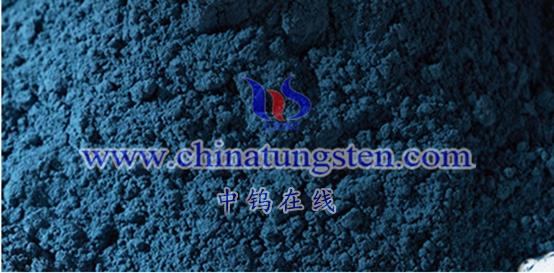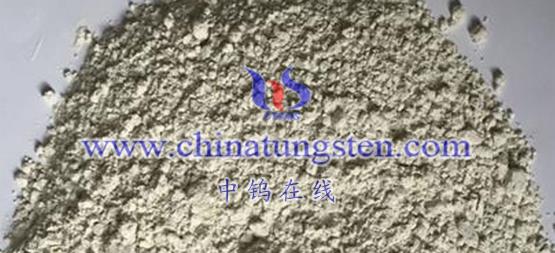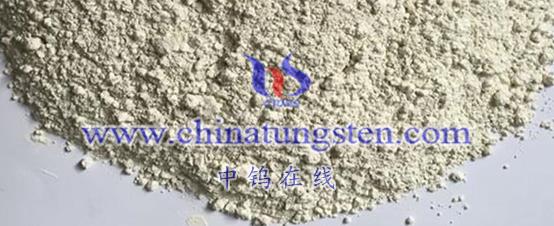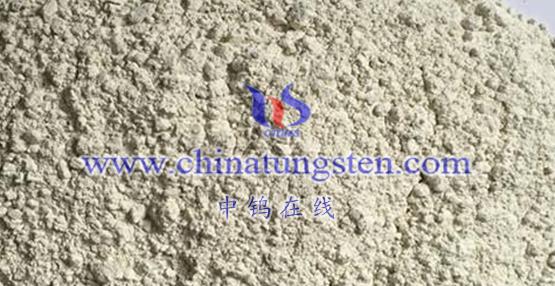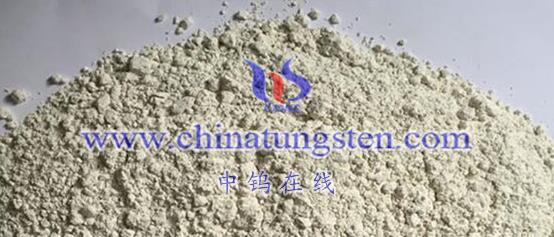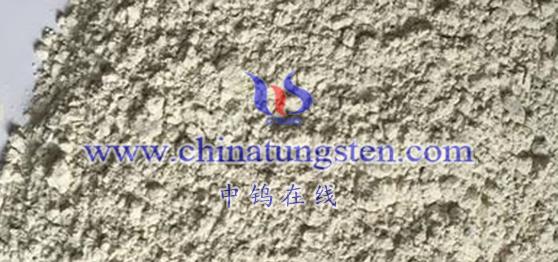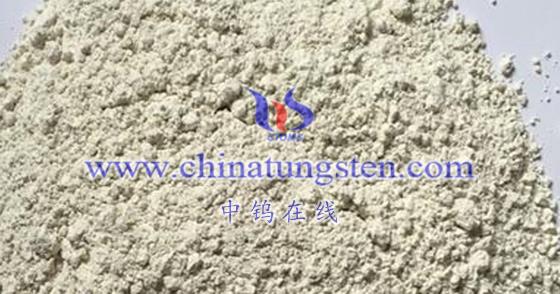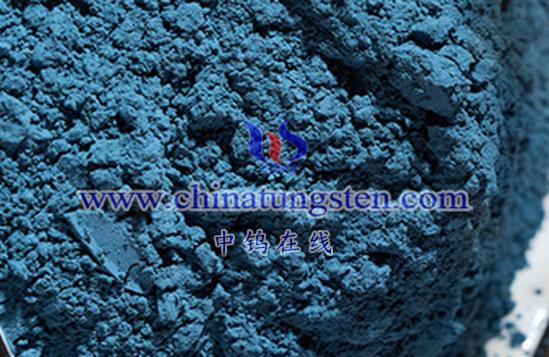
Monoclinic tungsten oxide nanosheets refer to nanosheets of tungsten oxide (WO3) that have a monoclinic crystal structure. This material combines the properties of monoclinic tungsten oxide and nanosheets, exhibiting unique physical, chemical, and optoelectronic properties. Below is a detailed explanation of monoclinic tungsten oxide nanosheets:
- Basic Structure and Properties of Monoclinic Tungsten Oxide Nanosheets
Monoclinic Structure of Tungsten Oxide
The monoclinic structure is a common crystal form of tungsten oxide, where the unit cell exhibits a slanted arrangement. In this structure, tungsten atoms are located at the center of the unit cell, while oxygen atoms are arranged around the tungsten atoms to form an octahedral structure. This special arrangement gives monoclinic tungsten oxide unique characteristics in terms of surface morphology, electrical properties, and chemical reactivity.
Monoclinic tungsten oxide has high thermal stability and hardness, making it suitable for applications in high-temperature environments. Additionally, due to the unique arrangement of its unit cell structure, the movement of electrons within the crystal is restricted, resulting in high resistivity and good insulating properties.
Nanosheet Morphology of Monoclinic Tungsten Oxide
Nanosheets are two-dimensional materials with an extremely high surface area and rich surface properties. Fabricating monoclinic tungsten oxide into nanosheet form can further increase its surface area and enhance its surface activity, thereby improving its catalytic, adsorption, and other properties.
- Preparation Methods of Monoclinic Tungsten Oxide Nanosheets
The preparation methods for monoclinic tungsten oxide nanosheets are diverse and include but are not limited to hydrothermal methods, sol-gel methods, and chemical vapor deposition. These methods allow for the control of reaction conditions, such as temperature, pressure, and reactant concentration, enabling the production of monoclinic tungsten oxide nanosheets with different morphologies and properties.
III. Application Areas of Monoclinic Tungsten Oxide Nanosheets
Catalysts
Monoclinic tungsten oxide nanosheets exhibit high catalytic activity and can be used in photocatalysis and electrocatalysis. For example, in the photocatalytic water-splitting reaction for hydrogen production, monoclinic tungsten oxide nanosheets can absorb sunlight and generate photogenerated electron-hole pairs, promoting the decomposition of water molecules to produce hydrogen and oxygen.
Sensors
Leveraging their high surface area and excellent electrical properties, monoclinic tungsten oxide nanosheets can be used to fabricate gas-sensitive sensors and other sensor devices. These sensors can detect concentrations of harmful gases in the air, providing strong support for environmental protection and public safety.
Optoelectronic Materials
In the field of optoelectronics, monoclinic tungsten oxide nanosheets can be used to manufacture solar cells, photodetectors, and other devices. These devices can convert light energy into electrical energy or detect changes in light signals, offering broad application prospects.
Other Applications
In addition, monoclinic tungsten oxide nanosheets can also be used in the preparation of fire-retardant coatings, stealth materials, and other applications in various fields.
Monoclinic tungsten oxide nanosheets are a novel material with a unique structure and excellent properties, demonstrating a wide range of potential applications across multiple fields. As technology continues to advance and research deepens, it is believed that the application areas of this material will continue to expand and deepen.
More details of tungsten oxide product, please visit website: tungsten-oxide.com
Please contact CHINATUNGSTEN for inquiry and order of tungsten oxide:
Email: sales@chinatungsten.com
Tel.: 86 592 5129595
